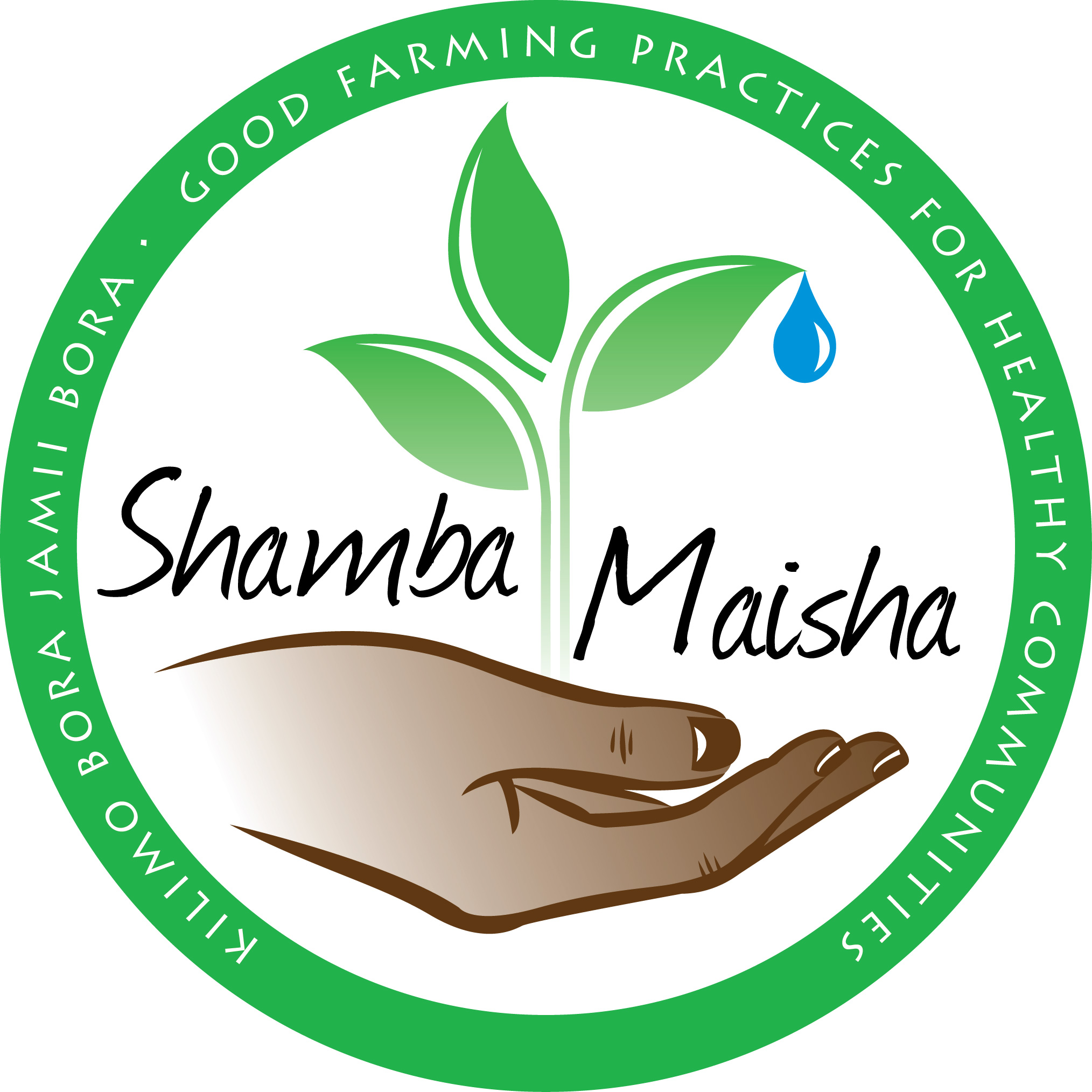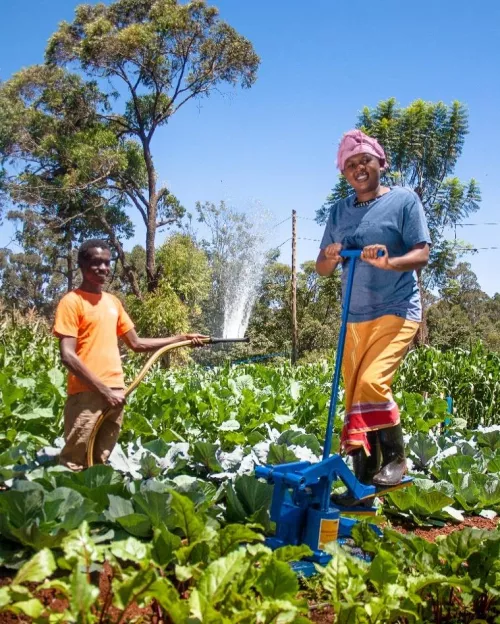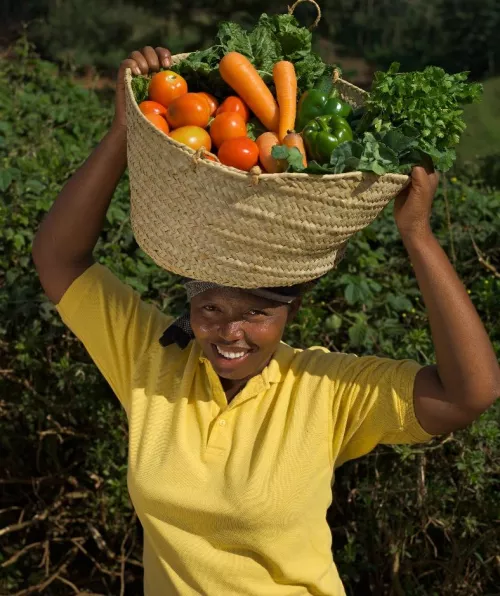Designed for the Shamba Maisha Study
A project of UCSF, KEMRI, UC Davis, and KickStart International
TABLE OF CONTENTS
Checklist for the Field --------------------------------------------------------------------------- 3
Session 1: Introduction to Farming as a Business: Envisioning your Business -- 5
Session 2: Seed Selection and Vegetable Nursery Preparation -------------------- 10
Session 3: Preparing for Vegetable Production ----------------------------------------- 16
Session 4: Irrigation, Treadle Pump Use, and Pump Maintenance ----------------- 21
Session 5: Insect Pests ------------------------------------------------------------------------- 27
Session 6: Disease Management ------------------------------------------------------------ 30
Session 7: Developing Your Savings -------------------------------------------------------- 33
Session 8: Farm Record Keeping ------------------------------------------------------------ 36
Session 9: Pest and Disease Review ------------------------------------------------------- 38
APPENDIX 1: VEGETABLE SEED SOWING GUIDE ----------------------------------- 39
APPENDIX 2: INSECT PEST HANDOUT -------------------------------------------------- 42
APPENDIX 3: DISEASE HANDOUT --------------------------------------------------------- 53
SESSION 1: INTRODUCTION TO FARMING AS A BUSINESS: ENVISIONING YOUR BUSINESS
This orientation session is designed to give participants and the trainers a chance to get acquainted and initiate the process of two-way communication.
Learning objectives:
- Farmers are introduced to each other and the program
- Farmers will be introduced to the idea of entrepreneurs as problem solvers.
- Farmers will practice envisioning problems they will encounter when marketing produce and strategizing appropriate solutions.
Activity List
- Welcome and orientation
- Problem Solving Discussion
- Entrepreneurs as Problem Solvers.
- Benefits of Growing Vegetables
SESSION 2: SEED SELECTION AND VEGETABLE NURSERY CONSTRUCTION
This session will demonstrate the principles of seed selection and nursery bed preparation.
Learning objectives
- Farmers will learn how to differentiate good quality seeds from poor quality seeds.
- Farmers will be able to prepare a nursery bed to facilitate early and staggered plantings.
Activity List
- Selecting and Producing Good Quality Seeds.
- Preparing a Vegetable Nursery Bed
SESSION 3: PREPARING FOR VEGETABLE PRODUCTION
This session will demonstrate the principles of nursery and seedbed site selection and preparation.
Learning objectives
- Farmers will learn to select and prepare a site for vegetable production. This includes properly fertilizing a bed and incorporating a soil conservation techniques to minimize soil erosion.
- Farmers will learn proper techniques for transplanting vegetable starts into rows.
Activity List
- Selecting a Site for Your Vegetable Beds
- Planting or transplanting Your Seedlings
- Planting in a Raised Bed
- What will you grow?
SESSION 4: IRRIGATION & MONEYMAKER TREADLE PUMP USE & MAINTENANCE
This session will teach farmers about the importance of irrigation and will demonstrate the use of treadle pump technology to farmers.
Learning objectives
- Farmers will understand how water stress impacts vegetable crops. They will know the critical stages of crop growth when it is most important to reduce water stress.
- Farmers will become familiar with the KickStart MoneyMaker Max pump and have practiced using it under farm conditions.
Activity List
- Demonstrating Irrigation for Vegetable Crops
- Use and Maintenance of MoneyMaker Max Pump
SESSION 5: INSECT PESTS
This session will teach farmers about common vegetable insect pests and the concept of Integrated Pest Management.
Learning objectives
- Farmer will be introduced to a few common vegetable pests, e.g. diamondback moths, cutworms, thrips, mealy bugs, aphids, cabbage looper, bollworms, white flies and nematodes.
- Farmers learn how to scout for pests and then think through the appropriate IPM response.
- Farmers will review a few common insecticide products and learn when and how to use them.
Activity List
1. Introducing Common Insect Pests
2. Integrated Pest Management
3. Scouting for Pests
SESSION 6: DISEASE MANAGEMENT
In this session, farmers will learn about common vegetable diseases and how to manage them
Learning objectives
- Farmer will be introduced to the concept of a soil borne disease and will review they symptoms of a few common vegetable diseases
- Farmers learn how to scout for diseases and then think through the appropriate IPM response.
- Farmers will review a few common fungicide products and learn when and how to use them.
Activity List
- Plant Diseases
- Disease Prevention and Treatment
- Disease Scouting
SESSION 7: DEVELOPING YOUR SAVINGS
This session will help farmers with the knowledge about the different options available to them to save the money they are earning from vegetable production and other economic activities.
Learning objectives
- Farmers will learn about different saving options that are available to them and will discuss each option’s advantages and disadvantages
- Farmers will match their savings goal to a savings option
Activity List
- How can we save?
- Exploring savings options
- Matching savings goals to a savings service
SESSION 8: FARM RECORD KEEPING
This session will explain the importance of keeping records for a farming enterprise both at the individual (farm) and group level.
Learning objectives
- Farmers will learn how records can benefit them.
- Farmers will be able to formulate basic production and business records
Activity List
- Reasons to Keep Farm Records
- Farm Record Keeping
SESSION 9: PEST AND DISEASE MANAGEMENT REVIEW
This session will review the vegetable insect pests and diseases the farmers were introduced to in Season 1 and will encourage further use of Integrated Pest Management.
Learning objectives
- Farmer will review the signs and symptoms of pests and diseases they previously learned about.
- Farmers will be encouraged to continue scouting and other IPM exercises.
Activity List
- Review of Pests and Diseases
- Group Discussion
- Conclusion of Shamba Maisha
INCLUDED APPENDICES
APPENDIX 1: VEGETABLE SEED SOWING GUIDE
APPENDIX 2: INSECT PEST HANDOUT
APPENDIX 3: DISEASE HANDOUT


